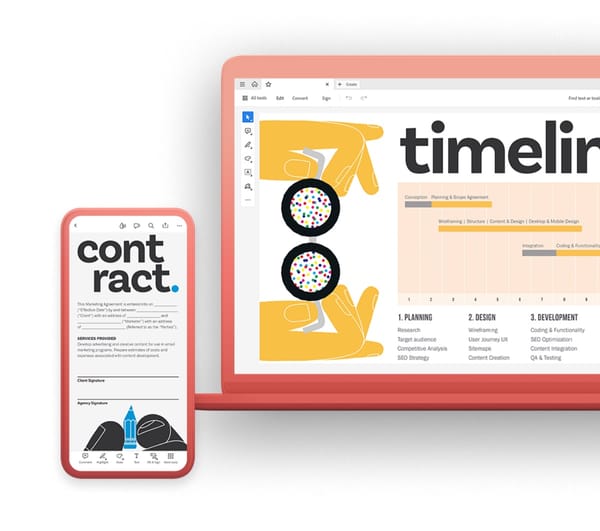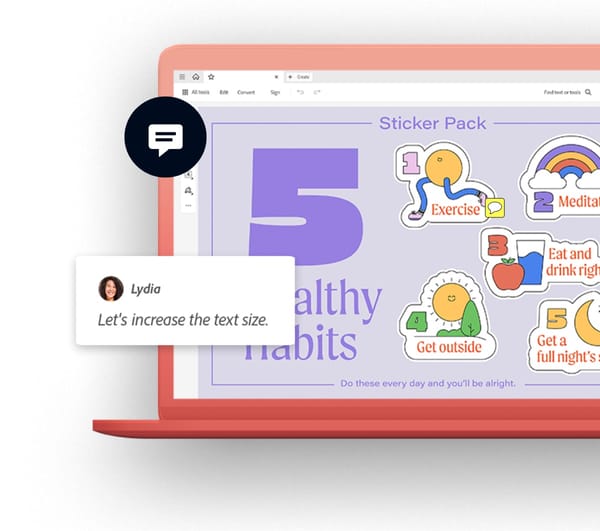Expanding Your Creative Palette: File Types Supported in Creative Cloud Libraries
Creative Cloud Libraries empower seamless collaboration by offering a central repository for shared assets across various Adobe applications. But what types of files can you include in this collaborative space? Let's delve into the supported file formats for enriching your creative projects.
A Broad Spectrum of Creativity:
Creative Cloud Libraries boast extensive support for a wide range of file types, catering to diverse design and creative needs. Here's a breakdown of the commonly supported categories:
- Graphics:
- Raster images: JPEG, PNG, TIFF, BMP, PSD (Photoshop)
- Vector graphics: AI (Illustrator), SVG
- Documents:
- Text documents: TXT, DOCX, PDF
- Spreadsheets: XLSX
- Presentations: PPTX
- Multimedia:
- Videos: MP4, MOV, AVI (limited functionality)
- Audio: MP3, WAV
Beyond the Basics:
While these categories cover the most common file types, Creative Cloud Libraries offer additional support for specific design elements:
- Brushes (ABR): Enhance your creative toolkit with custom brushes for Photoshop.
- Swatches (ASE): Share and reuse color palettes across various Adobe applications.
- Styles (ASL): Apply consistent text formatting and effects throughout your projects.
- Libraries (XMP): Share entire libraries containing various assets for streamlined collaboration.
Understanding Limitations:
It's important to note that certain limitations exist. While some video and audio formats are technically supported, their functionality within libraries might be restricted. Additionally, highly specialized file types used in specific Adobe applications (e.g., INDD for InDesign) might not be directly transferable through libraries.
Optimizing Collaboration:
To ensure a smooth collaborative experience, consider these recommendations:
- Communicate file formats: Inform your collaborators about the file types you plan to use beforehand.
- Leverage cloud storage: Utilize Creative Cloud storage for centralized access and seamless integration with libraries.
- Explore alternative formats: If encountering compatibility issues, consider using more universally compatible formats like JPEG for images or PDF for documents.
Conclusion:
Creative Cloud Libraries offer a versatile platform for collaborating on diverse creative projects with extensive file type support. By understanding the supported formats, their functionalities, and potential limitations, you can effectively leverage this powerful tool to streamline your workflow and unleash your creative potential.


